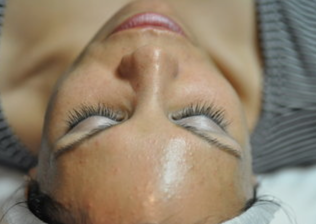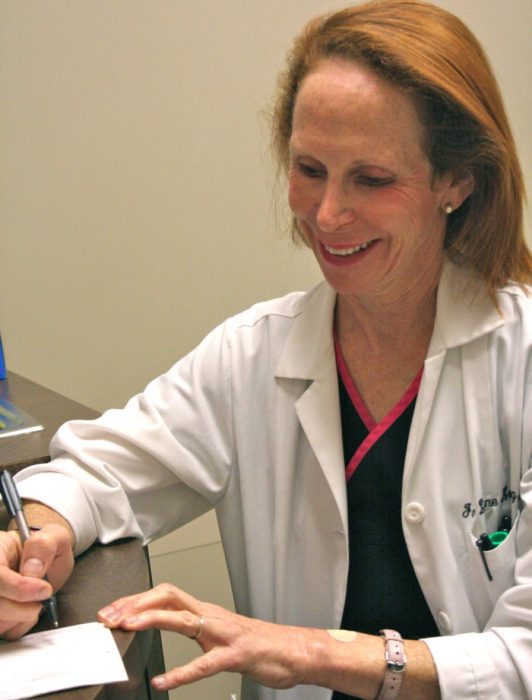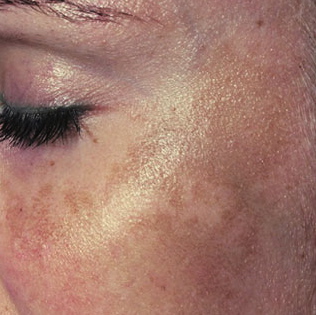Dr. Herzog On The Potential Hazards Of At-Home Chemical Peels

A Family Savvy reader asks Dr. Herzog’s advice about how to do a glycolic peel at home with products purchased online. Dr. Herzog offers very helpful information that should be followed before attempting to do a self-peel.
Dear Dr. Jo,
I bought some 30% glycolic acid on Amazon and am not sure how to use it or what to expect. Can you give me advice so that I won’t damage my face?
Dear Amazon Peeler,
WOW! This question was a real eye opener for me and made me curious about what can and cannot be bought online. After doing a bit of research, I discovered, much to my surprise, that you can do a huge amount of damage to yourself with products ordered online. Although some of the things that are sold are mild peeling agents that would be fine for home use, others that are available for purchase should only be administered by a well-trained physician.
In our office, we do not allow aestheticians or nurses to apply any TCA peel that is stronger than 15%, and there is good reason for this. There is also quite a bit of information and misinformation about these peels online. I am going to give you a brief overview of my thoughts, and we can expand on each peel within the coming weeks.
At home peels: what you should and should not do.
Basically, if a peel can make a BIG DIFFERENCE in one treatment, you probably should not be doing this at home. With success comes the attached risk of damage and side effects. The peels that do a lot of good can also do a lot of damage. Those that do little have less potential for damage–although side effects are possible with all of these treatments.
Salicylic peels, glycolic peels, kojic acid peels, and lactic acid peels are less potent than TCA peels. TCA can be used to peel in a way that is equivalent to some ablative laser procedures. If properly used, the peels that do not contain TCA can probably be done at home, but you must realize that these are not risk free. You must also know what other products make these peels more or less potent. I advise against mixing products, since this might alter your results.
Also, all body parts are not equal. Your neck has more scarring potential than does your face, so a peel for the neck must be planned differently.
In general, pre-cleaning the skin with alcohol or acetone will make your peel more powerful, as this strips the oil off of the skin first. Know what is in the pre-peel prep that you are being sold. Using Tretinoin or a retinoid will give your peel an added punch, so watch out.
If you are prone to fever blisters, you need to pre-medicate with an antiviral before doing a peel. You do not want a face full of fever blisters as an endpoint. You also must have total sun protection after your peel, as anyone with the least bit of pigment in her skin can get post inflammatory hyperpigmentation.
Peels can also cause loss of pigmentation and should be done with EXTREME CAUTION in patients with darker skin.
So, do you want to know my opinion about doing your own peels at home? I think that if you want to unclog a few clogged pores and get a bit of mild exfoliation, you can safely do a peel at home. Just be sure that you are well informed first and that you use the right chemicals. However, you can probably do a safer job with a good exfoliating wash and nightly use of Tretinoin. I would leave the peeling with chemicals to someone with more experience that knows what to use for whom, how much to use, how deep to peel, etc… If you are really looking for results instead of headaches, I suggest peeling under the supervision of a physician.
Next week we will start discussing different peels so that we can understand what these can and cannot do.
Hope this got you started on an answer to your question. Have a good week, and wear your sunscreen.
Dr. Jo





